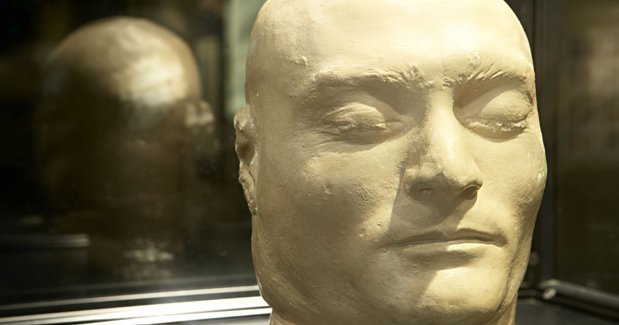Defining Moments in Australian History: World’s first feature film produced in Victoria

The world’s first multi-reel, feature-length film, The Story of the Kelly Gang, opened at the Athenaeum Hall, on Collins Street in Melbourne, on Boxing Day in 1906. Its sympathetic portrayal of the Kelly gang was controversial and the Victorian government tried to censor it. But audiences flocked to screenings around Australia and then internationally. A century on, celebrated Australian film critic Paul Byrnes observed: “It is difficult now, 100 years later, to imagine the impact the film must have had on audiences in 1906.”
In Europe and North America in the 1890s, moving films were shown publicly either by travelling exhibitors who set up viewing areas in temporary spaces, or in conjunction with vaudeville programs in permanent theatres. But the popularity of the medium made it clear films could be presented as stand-alone entertainment. Evening-long programs of silent films, interspersed with sound recordings of the latest popular musicians, soon became commonplace. One of the first commercial successes was the 1903 American movie The Great Train Robbery – just over 10 minutes long, a typical length for that time, and the first with a cohesive narrative. Its success spread worldwide.
In Melbourne, the Tait family – consisting of five brothers who were all involved in show business – had begun including films in concert programs at the Athenaeum Hall. They’d been impressed by The Great Train Robbery, even though it was exhibited by a rival entrepreneur. In early 1906 the Taits took their first step into movie production, when they financed Living Hawthorne, an eponymous documentary-style short film about the Melbourne suburb.
At least five long-running stage productions were mounted after 1880, the year of bushranger Ned Kelly’s last stand in Glenrowan, and John and Nevin Tait had been influenced by these as boys. By the turn of the 20th century the Kelly story had evolved into a myth familiar to millions of Australians, and the Taits saw it as perfect fodder for a longer narrative film.
They financed their film with support from Millard Johnson and William Gibson, two chemists who’d bought a projector and begun successfully showing films to audiences around Melbourne. Charles Tait, the brother with the most theatrical production experience, directed the movie. Some cast and costumes were secured from a local theatre company that had staged a recent production of the Kelly story.
The film was shot around Melbourne – its outdoor scenes were probably filmed at the estate, near Heidelberg, of Charles Tait’s in-laws, while some interior scenes were shot on sets built in the home’s back garden. The production took six months and cost £1000, a sizable amount at the time.
After the film premiered at the Athenaeum Hall, The Story of the Kelly Gang ran for five weeks to full houses. An actor, sometimes two, added voices to the screening and young boys were employed backstage to create sound effects.
The film then opened at the Palace Theatre in Sydney in February 1907 and was later shown in Adelaide and Brisbane. The Biograph Company was employed to tour the film to regional towns across the country, and by September 1907 it was being shown in New Zealand and in England, where it was advertised as the “longest film ever made”. The production was edited multiple times over the years and was 70–80 minutes long, depending on which edition was screening. Financially, the film was a great success, with William Gibson claiming the production returned £25,000 to its investors.
The film depicted Ned Kelly as a hero and the police as villains – it was this that displeased the Victorian government and police, who claimed The Story of the Kelly Gang was responsible for an increase in crime. The film was banned in Benalla and Wangaratta, towns in northern Victoria with connections to the Kelly story. Then, in April 1912, the Victorian government banned a revised version of the film from being screened altogether. But The Story of the Kelly Gang was shown internationally and became a starting point for the development of narrative feature films, which continue to thrive to this day.
‘World’s first feature film produced in Victoria’ forms part of the National Museum of Australia’s Defining Moments in Australian History project.


